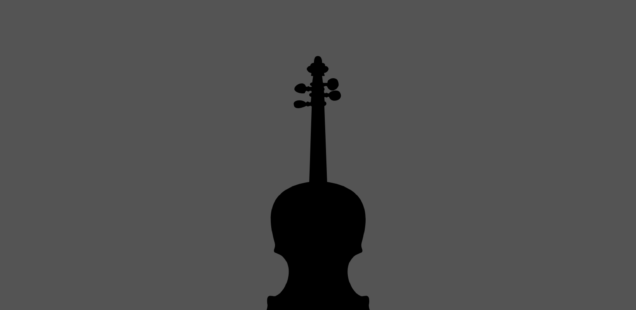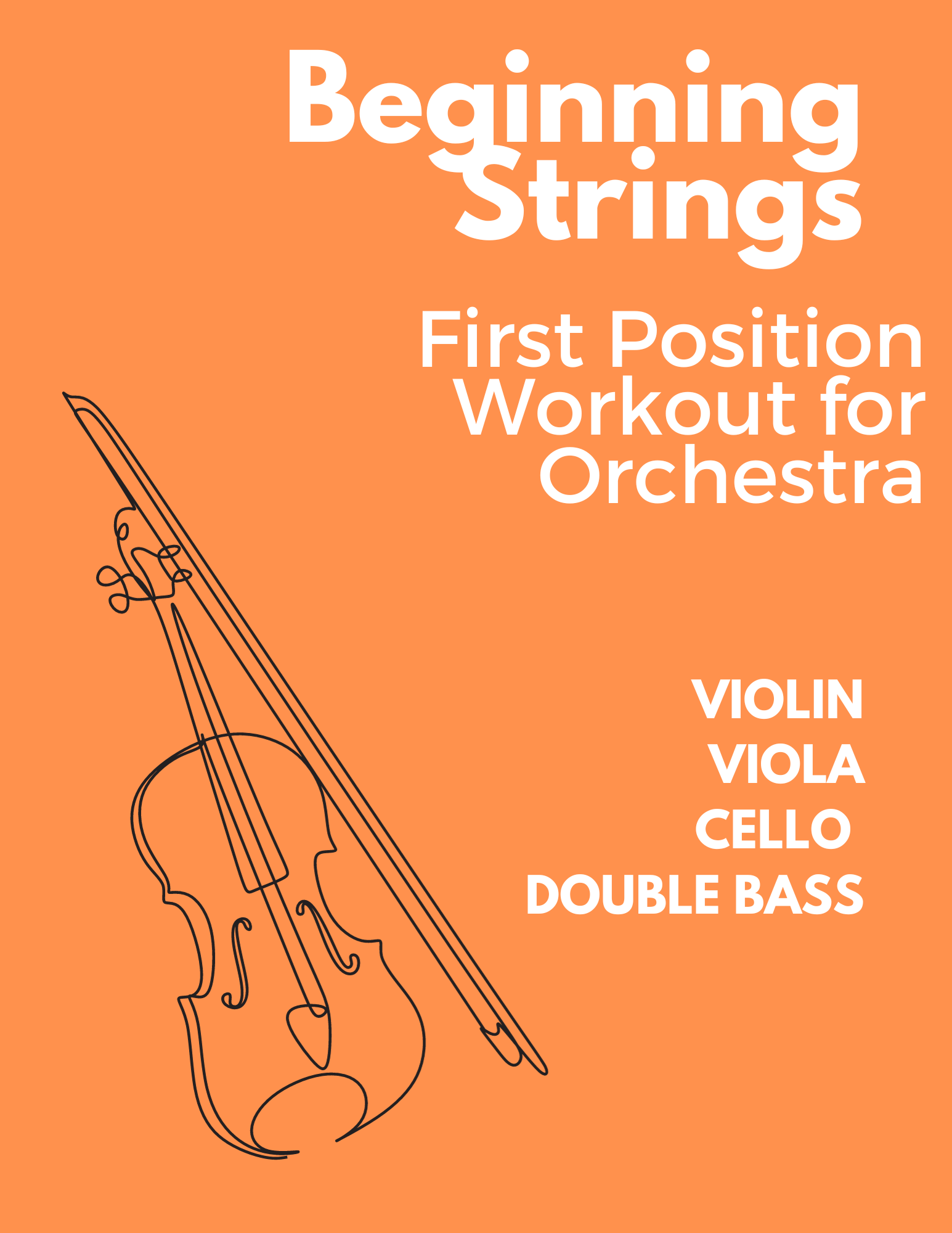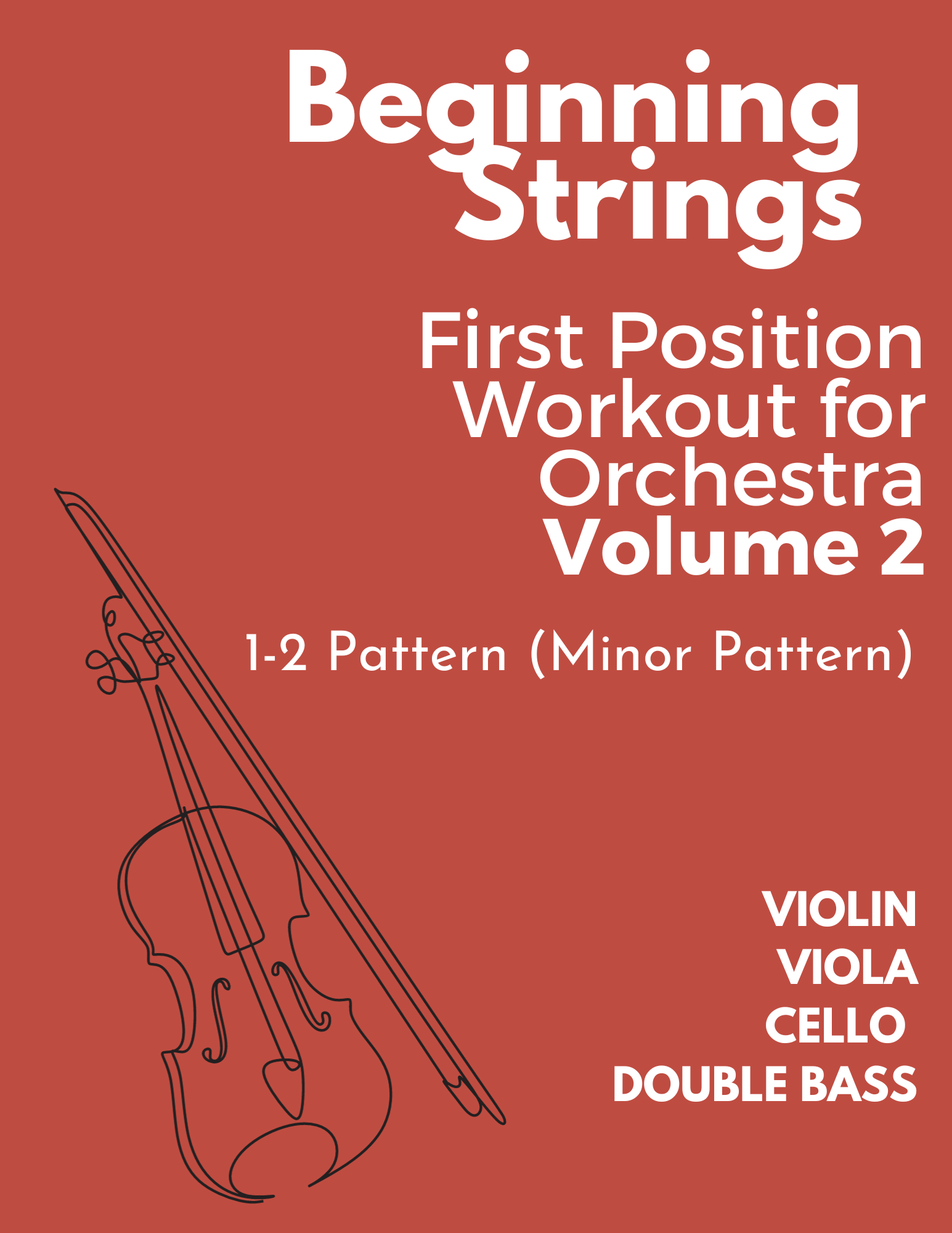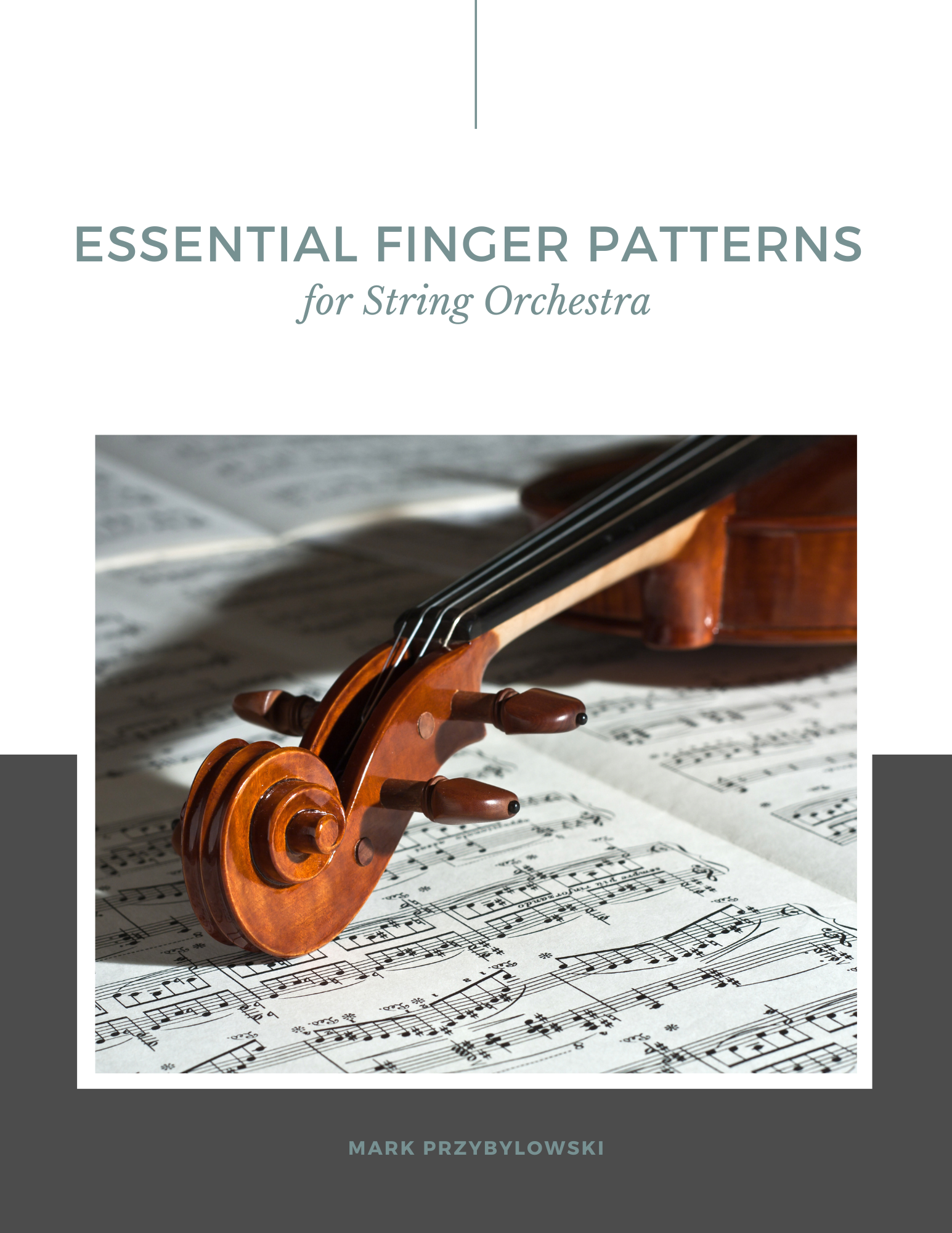
Incorporating Finger Patterns In Orchestra
For the past several years I have been incorporating the teaching of finger patterns in my string orchestra.
This method of building the fundamentals for playing a string instrument was developed by the string educator, Dr. George Bornoff.
Working on finger patterns has been so beneficial to my students for a number of reasons. Here are a few:
- They help students identify and learn the difference between half steps and whole steps.
- They help students hear and recognize common tonalities like major (2-3 pattern), minor (1-2 pattern), and so on.
- They help students learn common patterns they will see playing music.
- They help students learn the fingerboard in a systematic way that gets them playing on all the strings early on.
- The patterns are movable and can be applied all over the instrument
Finger Patterns
So here is a very brief break down of the patterns I have worked on with my students.
All patterns start from the open string. This also helps in the string orchestra setting because it makes unison intonation playing possible.
The four finger patterns I been teaching in my class are:
- 2-3 Pattern or Major Pattern 0 1 23 4
- 1-2 Pattern or Minor Pattern = 0 12 3 4
- 0-1 Pattern or Phyrgian Pattern = 01 2 3 4
- 3-4 Pattern or Lydian Pattern = 0 1 2 34
- *Fingers that are placed together are played as a half step and are indicated without a space between them.
- **The fingerings above are for violin and viola, but all patterns can be played on the cello and bass.
It's important to note that Bornoff includes five different patterns in his string pattern sequence.
How To Incorporate Finger Patterns
I often have my students practice the patterns during our fundamentals time at the start of class. We work on one pattern each day as a warm up.
I may also do an informal quiz of my students and ask them how to play a certain note after we have drilled the pattern. I’ve also had my students pluck and say the note names so they can learn what notes are under their fingers in a particular pattern.
As I stated above, I have used some of Dr. Bornoff’s methods, particularly the Finger Patterns book, as well as my own materials. You can check them out below.
Conclusion
There are many benefits to incorporating the practice of finger patterns for our orchestra students to help them become excellent young musicians.
First Position Workout for Orchestra
Volume 1 and Volume 2
Included in the First Position Workout for Orchestra are:
- Parts for violin, viola, cello, and double bass
- Labeled fingerings for all instruments
- Practice of the 2-3 (Major Pattern) in Volume 1
- Practice of the 1-2 (Minor Pattern) in Volume 2
Use this resource as a warm up or during fundamentals time during class. These resources were designed to be simple and only focus on one pattern at a time. Each pattern is broken down on each string.
Essential Finger Patterns for String Orchestra
Included in the Essential Finger Patterns for String Orchestra are:
- Parts for violin, viola, cello, and double bass
- Labeled fingerings for all instruments
- Practice of four essential finger patterns
Use this resource as a warm up or during fundamentals time during class. This resources covers a lot of ground and will help students master the fingerboard.


